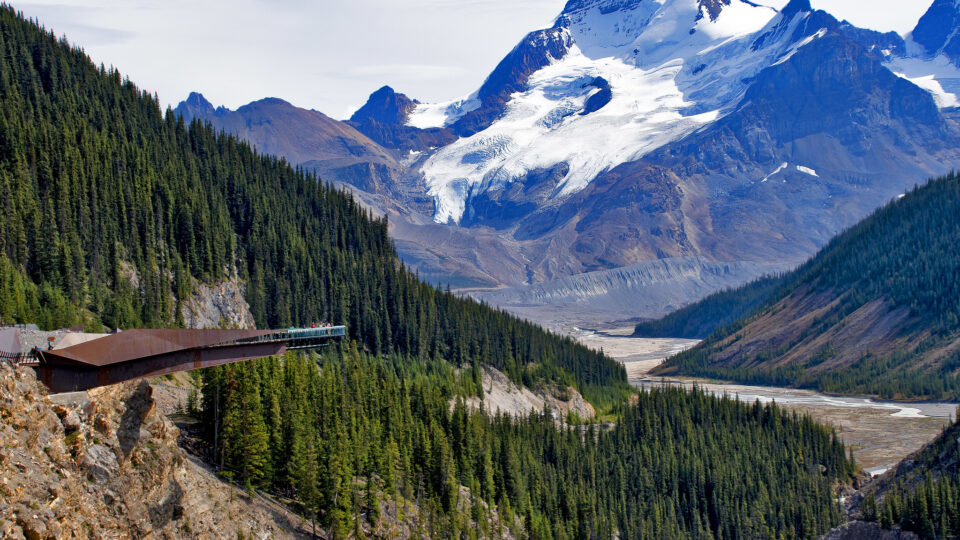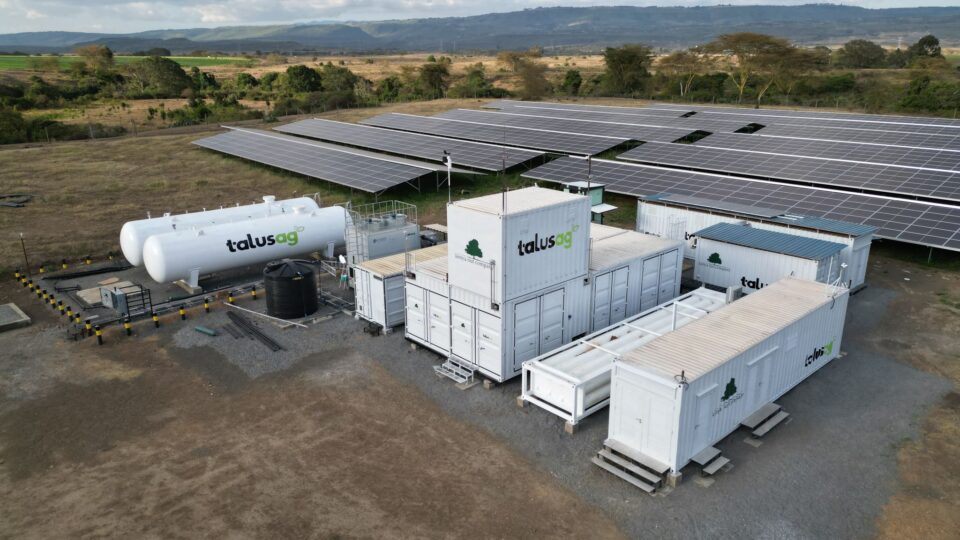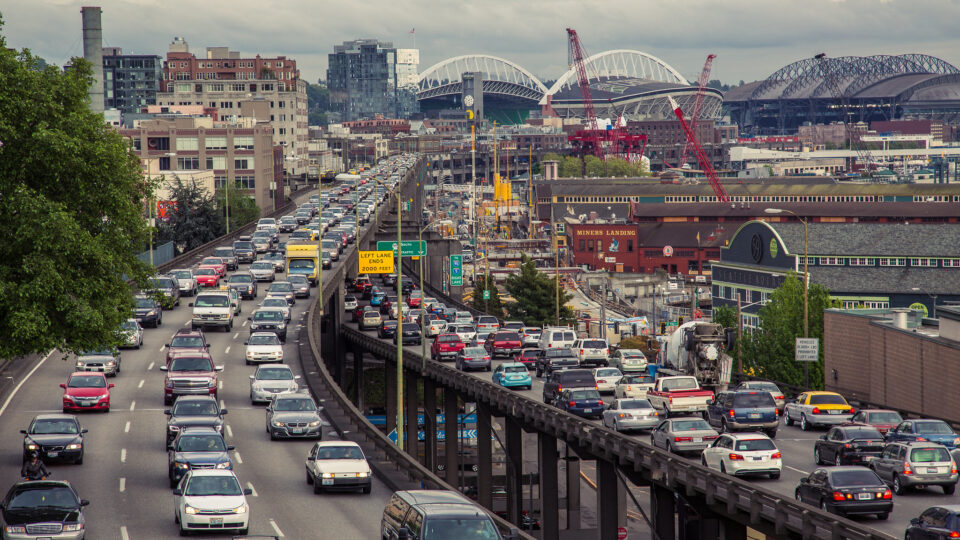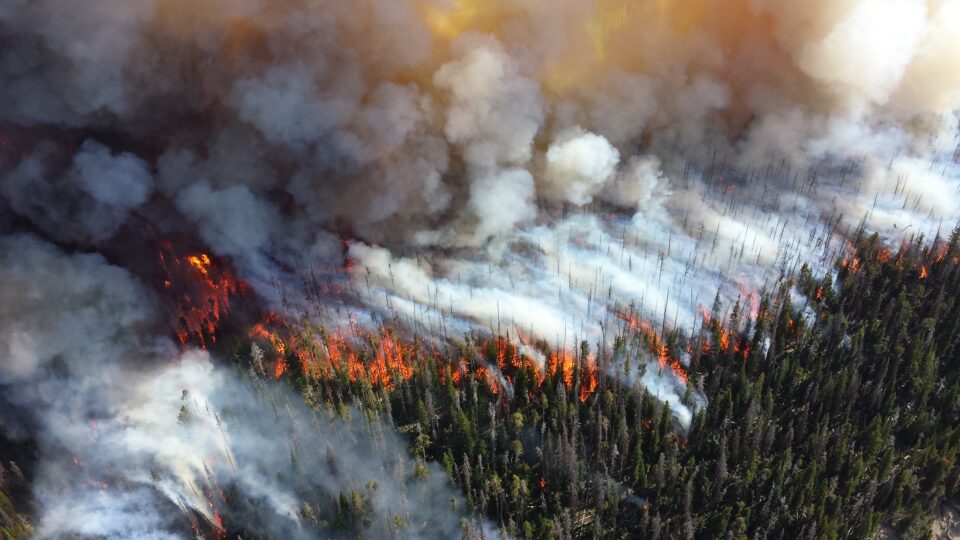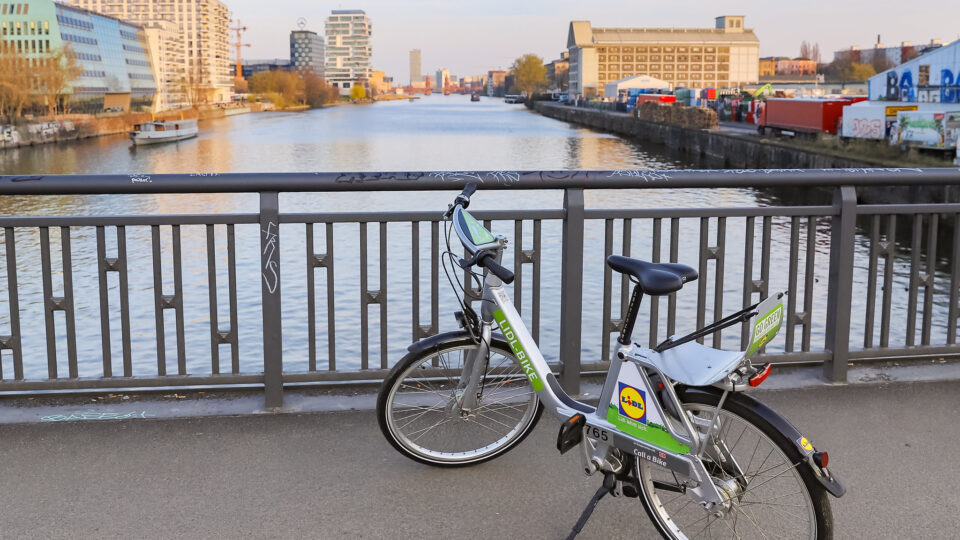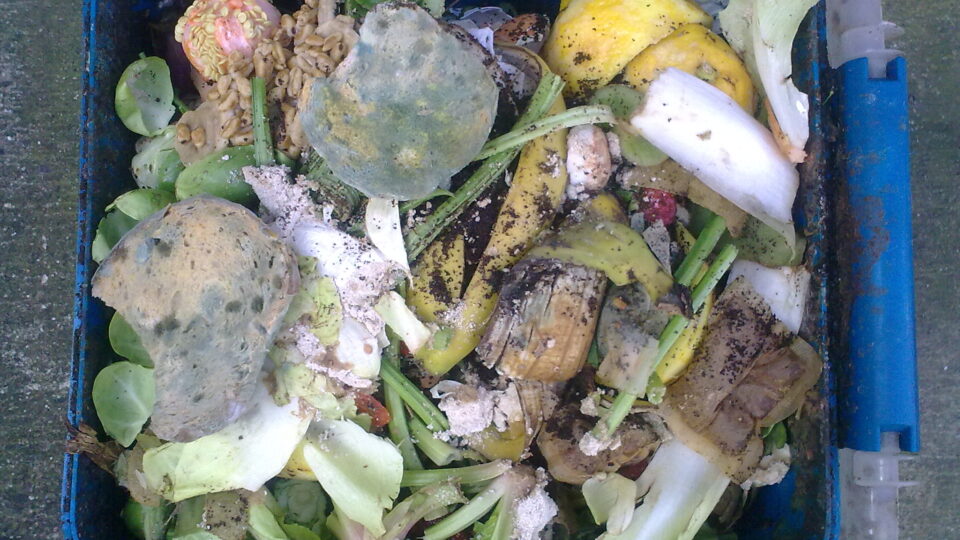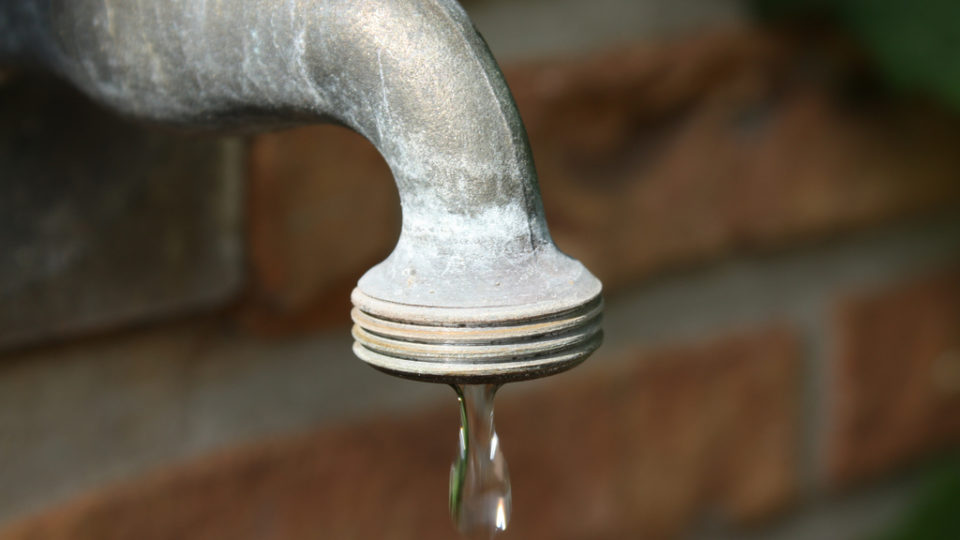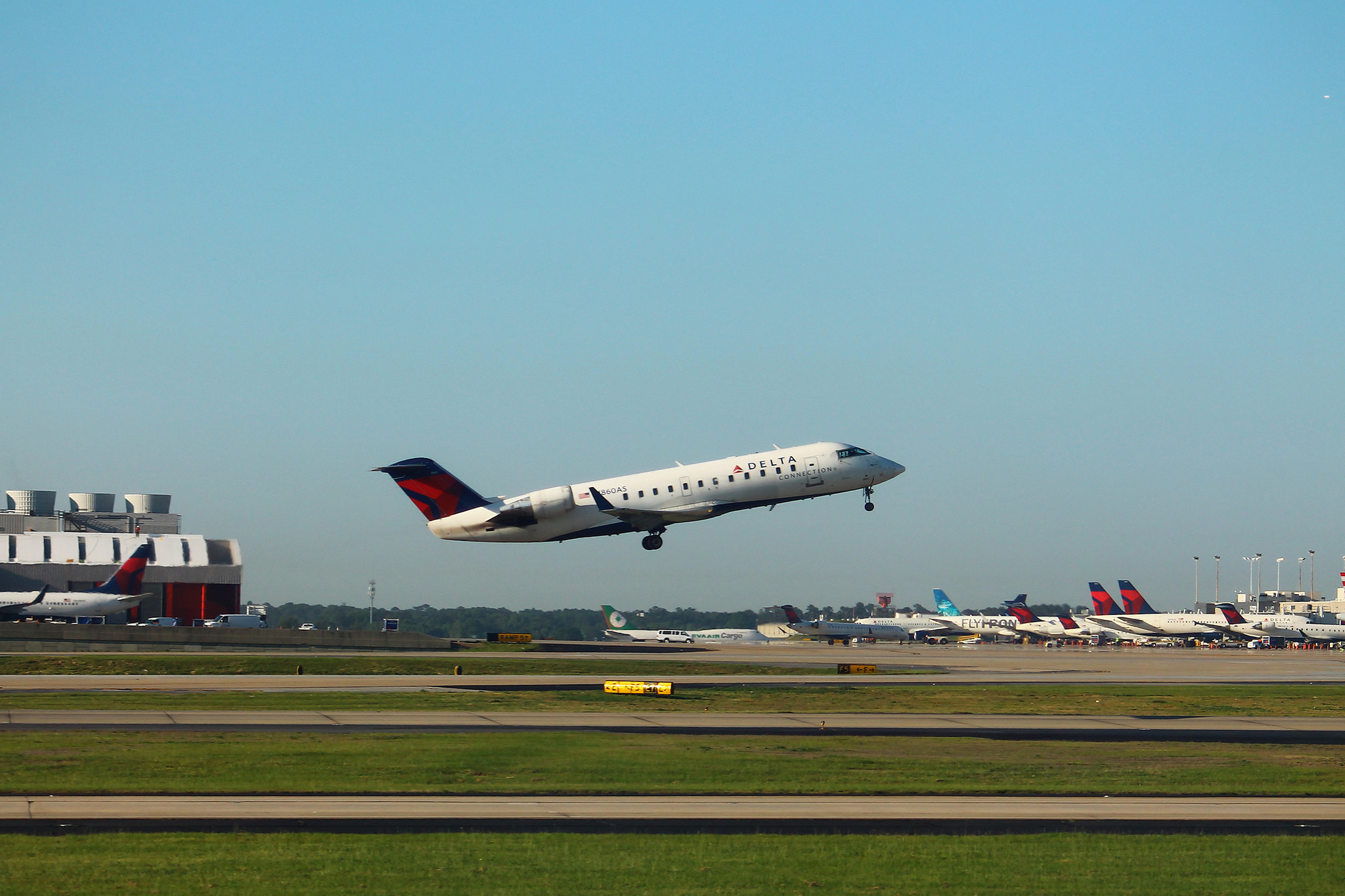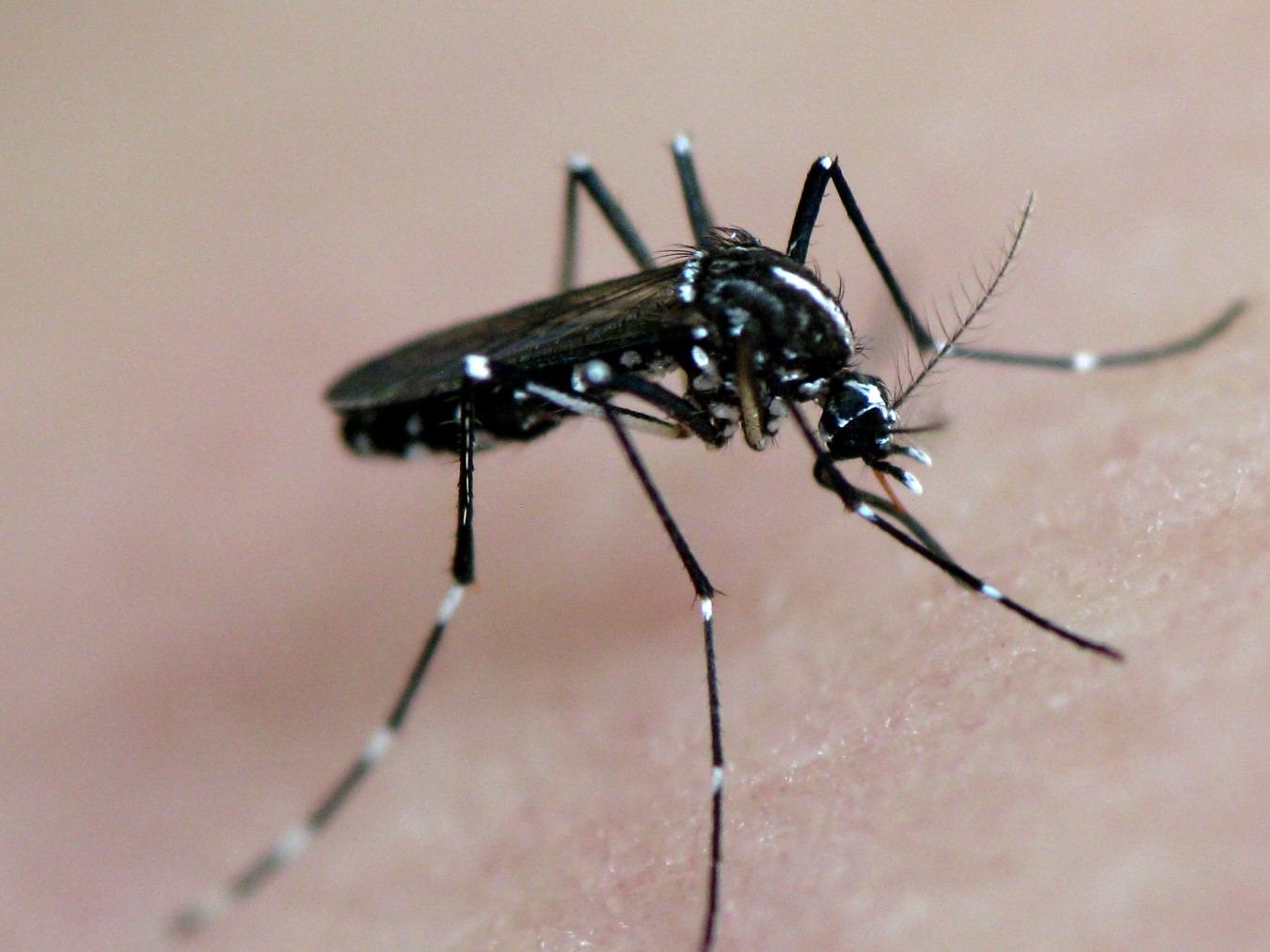Glaciers around the world are shrinking or disappearing. Melting glaciers and ice sheets are the biggest contributors to global sea level rise and ice loss rates are continuing to increase. Even if the world somehow manages to meet the climate goal of limiting warming to no more than 1.5 degrees Celsius, the world will still lose a quarter of its glacial mass by the year 2100. At higher levels of warming, most of the world’s glaciers could be gone.
One result of this situation is that people are rushing to see glaciers before they melt. Places like Iceland are experiencing a booming tourism economy. Half a million people now visit Iceland for glacier tours every year. The shrinking and disappearance of glaciers has popularized a new kind of adventure travel called ‘last chance tourism.’
Like other types of adventure travel, glacier tours are not without dangers. An American tourist visiting a glacial ice cave in an Icelandic national park in August was killed when a frozen arch collapsed. Ice caves, formed by glacial meltwater, are known for their brilliant blue walls. Increasing meltwater can make these formations more prone to collapse.
Glacial tours in Canada’s Jasper National Park are quite popular. Tour operators have had to reroute trails to the foot of the Athabasca Glacier several times every season because of glacial melt.
Glacier tourism is a goldmine for the tourist industry but conducting and managing it is increasingly challenging. Meanwhile, people feel like it’s important to bring their kids to see glaciers because they may be the last generation that can go stand on a glacier.
**********
Web Links
Climate Change Is Making ‘Last Chance Tourism’ More Popular, and Riskier
Photo, posted January 25, 2020, courtesy of Ron Cogswell via Flickr.
Earth Wise is a production of WAMC Northeast Public Radio
